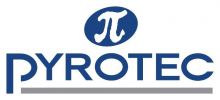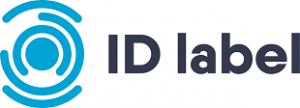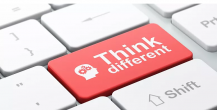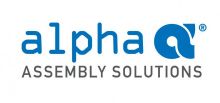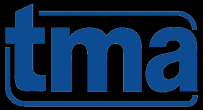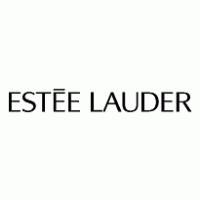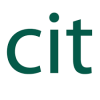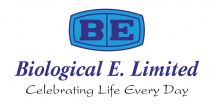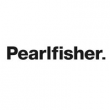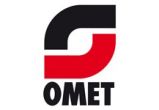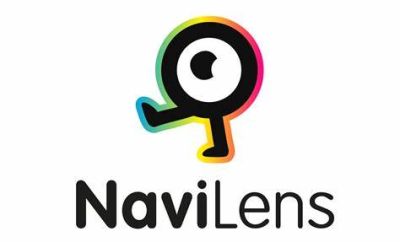Is packaging just too confusing now? | 17-11-2023 |

Forgive me, but l am confused. With all the various “initiatives” and “regulations” that now encroach on the packaging space, it is obvious that many consumers seem to be uncertain what the correct response should be to the various exhortations being made to them.
These range from demands to stop using some types of packaging (notably anything plastic) and, at all costs, to recycle what they do use or try to reuse it where possible.
Is it surprising then that your ‘average’ consumer is either unclear, unaware or indifferent to the various schemes or alternatives with which they are presented? We have a plethora of lobby groups who all have their own agendas, whether that is “Best in Glass”, “Amazing Aluminium”, “Bio is Brilliant”, “Paper is the Perfect Answer” or “Let’s Get it Sorted” – to characterize just a few.
On top of that, we now have deposit return schemes, bans on single-use plastics, numerous different roadside collection schemes, plastic taxes and extended producer responsibility and traceability requirements.
One thing the politicians, media, lobbyists, and ‘average citizens’ seem to agree on is that plastic is nasty stuff, should be done away with, or removed from almost every package as soon as possible.
Look at those nice paper straws for example - twice as much material as plastic, need protection from moisture, can only be used once, have a strange taste and, if they are printed can be difficult or impossible to recycle – but, hey, at least it ain’t plastic! Demonising plastics is the new normal.
So, what has this got to do with Smart Packaging? Well, my contention is that there is quite a lot the sector can do to provide the necessary information or technology to alleviate some of the problems faced by the consumer, the packaging industry (for example Holy Grail 2.0), and the industries we serve. The fact that it can do so much more than that is a topic for another day.
Every week we see another report or research study, both from within and without the packaging sector, which shows that consumers have sustainability or the environment high on their agendas, but are often uncertain or uninformed as to what action they should take to make an impact.
This can manifest itself through buying products in recyclable packaging or packaging that is derived from renewables and through knowing how to dispose of their packs once the product is consumed. You’d sort of think that would be easy. Seems not.
Many people l encounter do not understand the symbols we now place on packs to identify them as recyclable, or do not trust them. As a more candid colleague told me recently, just because you see the recycle triangle does not mean it is actually recycled, it just means it is capable of being recycled.
Our challenge is to get the correct and relevant information to the people who need it. A lot of time that might mean the consumer, but it can also mean industry specialists who are responsible for collection and sorting. Anything a smart packaging feature (as simple as a QR code) can do to allow access to this information, via a ‘phone or reader, has got to be positive.
But, l hear you say, “adding just another feature to a pack does not make the consumer any more aware of how to act responsibly unless he or she knows how to use it”. Ah, indeed that is true. So we must find ways to educate the consumers and other actors on the potential to learn how easy it is to find the right information.
If we assume they can do that for DRS schemes, then why not for recycling or collection options? Sure there is a long way to go, but we are all in this together and it seems to make sense to do some joined-up thinking – at last?








